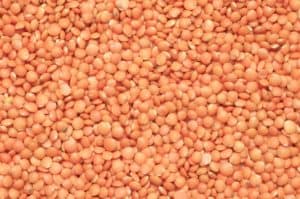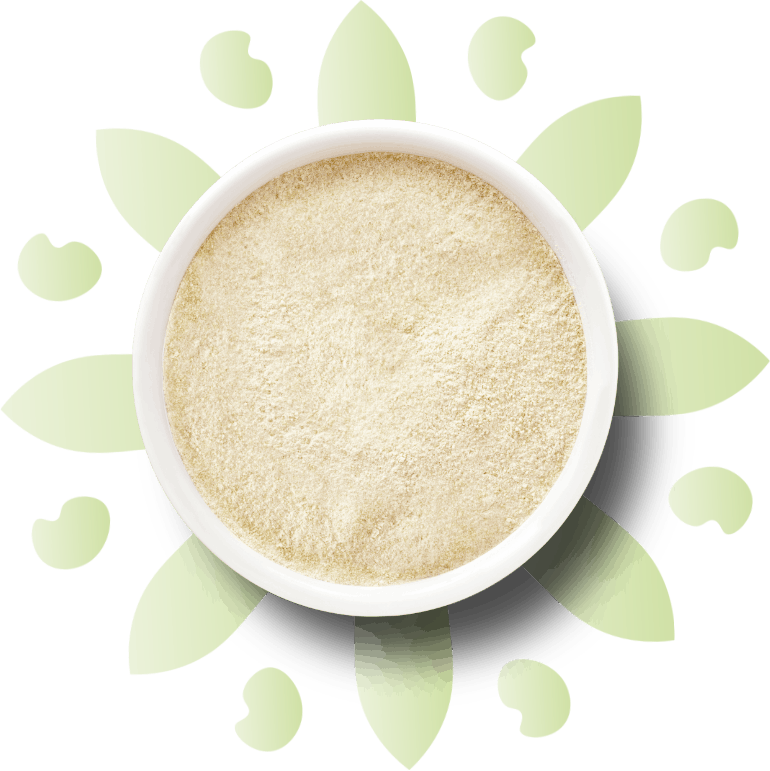Red lentils enjoy a strong tradition of use around the globe but that’s only part of the reason for their growing popularity, as Paul Donegan, commercial development and marketing manager at Atura Proteins, explains.
Authentic attraction
One of the most commonly consumed foods in the world, red lentils are widely regarded as a trusted source of natural nutrition. It’s an enviable reputation. Much of which can be attributed to a long history of consumption dating as far back as the Bronze Age in Europe, more than 500 years in South America and close to a century in North America.
Interestingly, many of the traditional uses of red lentils have stood the test of time. Adding lentil flour to soups or baked goods, for example, has been common practice in Europe and the US for over a hundred years. Today, lentil is reportedly the fastest growing segment in the flourishing global pulse flour market. Similarly, dhal recipes have long been a regular feature of Asian cuisine and are now one of the simplest and best-known ways to enjoy these versatile pulses.
So what gives this unassuming food such impressive longevity?
Pulse protein power – and more
First and foremost, red lentils are strongly associated with healthy eating. They may be small but these little seeds pack a serious nutritional punch:
- Excellent source of plant protein: Making red lentils a positive option for vegans and vegetarians who may need to boost this element of their diet. Products made with red lentil protein concentrate, for example, are a convenient way to increase intake.
- High in fibre: One cup of cooked red lentils contains around 15g fibre, which is important for digestive health and helping to maintain a healthy weight.
- Rich in B-vitamins and iron: Needed to ensure your body gets the energy it requires to function normally.
- Full of polyphenols: These active compounds have been linked to long lasting health benefits including cardiovascular health and diabetes prevention.
This nutrient dense profile, together with the fact red lentils are also low fat, low calorie, gluten-free and have an exceptionally low glycaemic index, means they have a lot to offer the health-conscious consumer.
But this is only part of the story.

On the menu
Red lentils also lend themselves to application in a range of range of food products. Highly versatile and offering a subtle flavour, they pair well with other ingredients and seasonings, opening up exciting opportunities for creating tasty products – particularly those positioned on a plant-based protein platform.
From nutritious soups, legume pasta and veggie savoury snacks to curry sauce and vegan burgers, red lentils are finding their way into an ever-expanding range of new products. And it’s a development that appears to be resonating with consumers. Global retail sales of plant-based meat, for example, reportedly hit a record high in 2020, according to a recent report from the Good Food Institute.
With red lentils positively aligned with the plant-based eating trend, health & wellbeing and environmental concerns, it seems this humble pulse is having a very modern moment.
To find out more about what makes Atura red lentil protein such a powerful proposition for product development, please do get in-touch. We’d be delighted to help.






